PC Cases are generally available in different sizes, such as Full Tower, Mid Tower, and Micro ITX, just to name a few. Mid-tower cases are the perfect sweet spot between size and performance, providing sufficient clearance along with decent airflow. But, finding the perfect case for your components can be difficult, especially when you are limited to a particular form factor. Therefore, I reviewed a large number of mid-tower cases and then carefully selected the Top 6.
Here is a comparison table & summary of the mid-tower cases we selected.












Best Mid Tower PC Cases
Following is our selection of the Best Mid Tower PC Cases:
- Best Mid-Tower PC Case: Corsair 4000D Airflow
- Best Mid-Tower PC Case For Airflow: LIAN LI LANCOOL III RGB
- Best Value Mid-Tower PC Case: Phanteks Eclipse G360A
- Best White Mid-Tower PC Case: Lian Li O11 Dynamic EVO
- Best Budget Mid-Tower PC Case: MSI MAG Forge 100R
Corsair 4000D Airflow
Best Mid-Tower PC Case
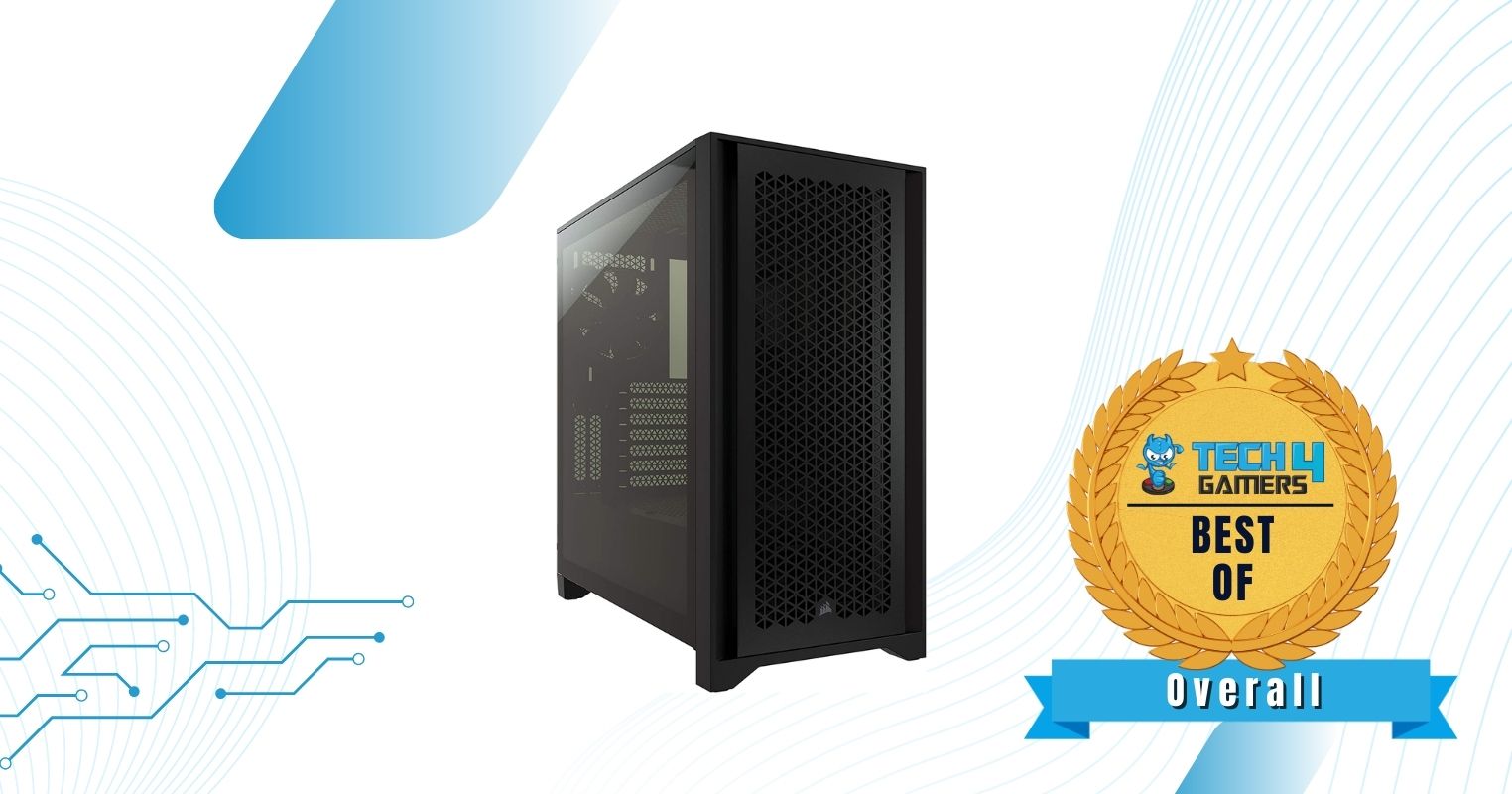
Specifications: Type: Mid-Tower ATX | Colors: Black and White | Motherboard Support: Mini-ITX, Micro-ATX, ATX, E-ATX | Dimensions: 466 x 230 x 453 mm | GPU Clearance: 360 mm | CPU Cooler Clearance: 170 mm | PSU Clearance: 180 mm | Ports: 1x USB 3.0, 1x USB Type-C, 1x Audio-in, 1x Audio-out | Drive Bays: 2x 2.5-inch, 2x 3.5-inch | Included Fans: 2x 120mm fans – 1x 120mm fans (front) and 1x 120mm fan (rear)
Pros
- Good SSD support
- Exceptional Ventilation
- Good value for money
- Sleek and Minimal Design
Cons
- Only two preinstalled fans
- Limited space for large air coolers
Aesthetics & Build Quality: I like Corsair 4000D Airflow’s sleek and minimalist design, and it offers black or white options, both of which will blend seamlessly with any setup. With the tempered glass, you get to show off your components, and the Corsair logo up front adds a touch of class. The build quality is amazing, too.
Cooling Performance: With perforated front and top panels that features a unique triangular design, the case’s design ensures great airflow. There is also support for magnetic dust filters in the top and front. Furthermore, the case comes with 2x 120mm fans and has support for 6x 120mm/4x 140mm fans and up to a 360mm radiator.
Features: The Corsair 4000D offers excellent clearance for GPUs, and for storage, it has 2x 3.5″ and 2x 2.5″ trays. One downside I found is that the front I/O only features one USB 3.0 port. Cable management was super easy for me due to its spacious design and the included velcro straps.
Buy It If:
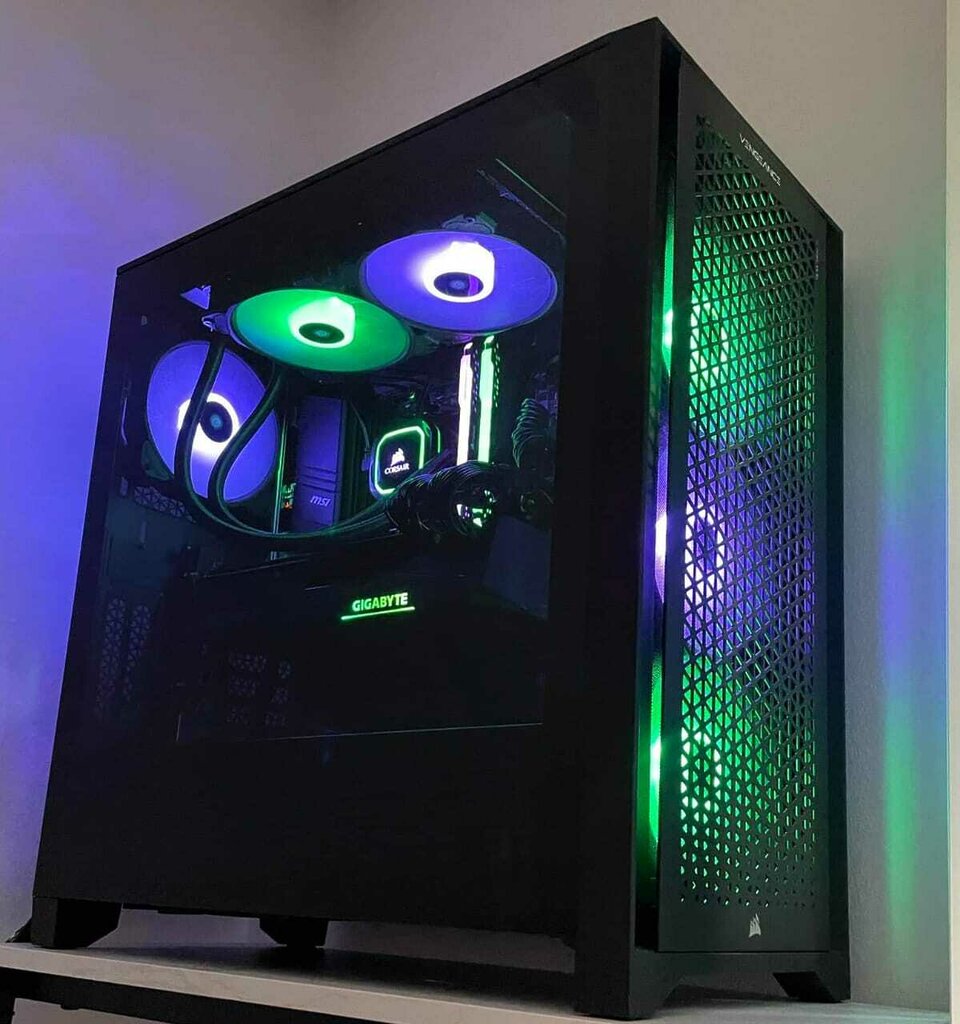
✅ You’re seeking a high-value chassis: The Corsair 4000D Airflow shows exceptional airflow, easy cable management, and ample SSD support, all at an affordable price.
Don’t Buy It If:
❌ The air cooler clearance is a concern: For those looking to install an air cooler, the clearance might limit options.
What Makes It The Best Mid-Tower PC Case?
I picked the Corsair 4000D Airflow as the Best Mid-Tower PC Case thanks to its excellent cooling capabilities, good clearance, and easy cable management, make it an ideal choice for gamers and PC enthusiasts. On top of that, the sleek and minimalist design is a bonus, making it a great addition to any setup.
| Connectivity: 8/10 | Value: 9/10 |
| Features: 8/10 | Design: 9/10 |
LIAN LI LANCOOL III RGB
Best Mid-Tower PC Case For Airflow
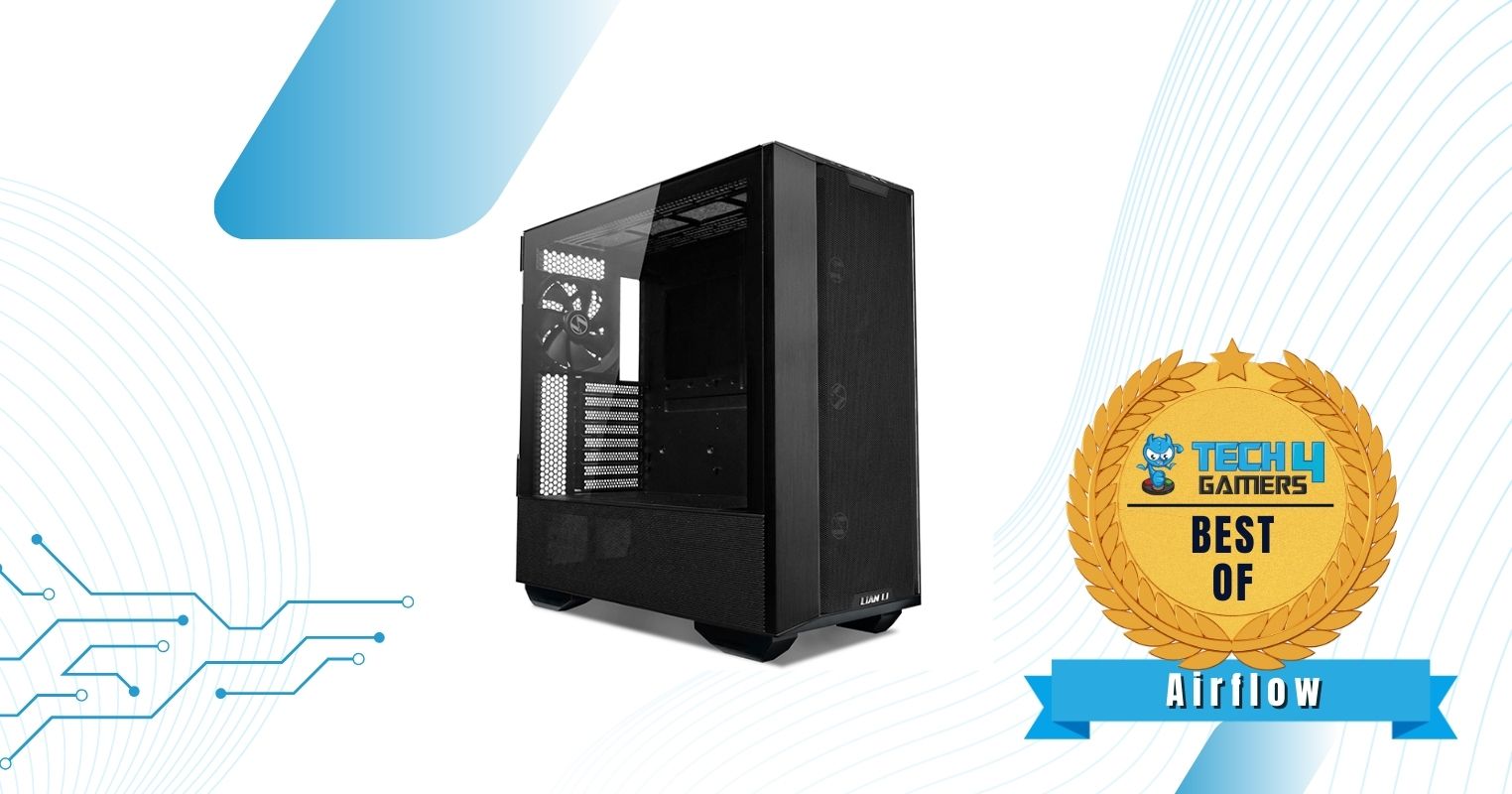
Specifications: Type: Mid-Tower ATX | Colors: Black and White | Motherboard Support: E-ATX, ATX, Micro-ATX, Mini-ITX | Dimensions: 526 x 238 x 523 mm | GPU Clearance: 435 mm | CPU Cooler Clearance: 187 mm | PSU Clearance: 220 mm | Ports: 1x USB Type-C, 2x USB 3.0, 1x Audio-in, 1x Audio-out | Drive Bays: 8x 2.5-inch, 4x 3.5-inch | Included Fans: 4x 140mm ARGB PWM fans – 3x 140mm ARGB PWM fans ( front) and 1x 140mm PWM fan (rear)
Pros
- Customizable RGB Lighting
- Comprehensive cable management
- High-quality build
Cons
- Dust accumulation
- Large Size
Aesthetics & Build Quality: The LANCOOL III RGB features a sleek and modern design and is built with high-quality materials, so it shows robust build quality. Its tempered glass side panel provides a premium look and we also get four pre-installed RGB fans which looked great through the side panel in my review.
Cooling Performance: With its ventilated front panel and perforated top panel, the LANCOOL III RGB excels in removing all the hot air of your components, as confirmed in my testing. Moreover, there are four pre-installed 140mm fans, with room for an additional six. There is also support for up to three radiators, including 2x 420mm ones.
Features: Firstly, the clearance for GPUs (435mm) and air coolers (187mm) is terrific. There is plenty of room for storage too: 8x 2.5″ drive bays and 4x 3.5″ ones. The front I/O is sufficient, and the case comes with three layers of velcro straps so I had my test setup looking neat in no time.
Buy It If
Take a look at the Lian Li LANCOOL III from our testing:
✅ Good cable management is essential: It boasts an excellent cable management system.
✅ You expect pre-included fans: If you want pre-included fans with your case, the Lian Li LANCOOL III will exceed your expectations with 4x 140mm RGB fans.
Don’t Buy It If
❌ You prefer smaller cases: For a mid-tower case, the LANCOOL III is relatively large.
❌ Dust accumulation concerns you: The ventilated front panel tends to attract dust easily.
What Makes It The Best Mid-Tower PC Case For Airflow?
The LIAN LI Lancool III RGB is an excellent choice for gamers who prioritize performance and aesthetics. With its exceptional quality and support for a wide range of components, it is a great option for anyone looking to build a high-end gaming PC. Furthermore, its phenomenal mesh design adds to its list of positives and earns it the Best Mid-Tower PC Case For Airflow from me.
| Connectivity: 8/10 | Value: 9/10 |
| Features: 9/10 | Design: 9/10 |
Phanteks Eclipse G360A
Best Value Mid-Tower PC Case
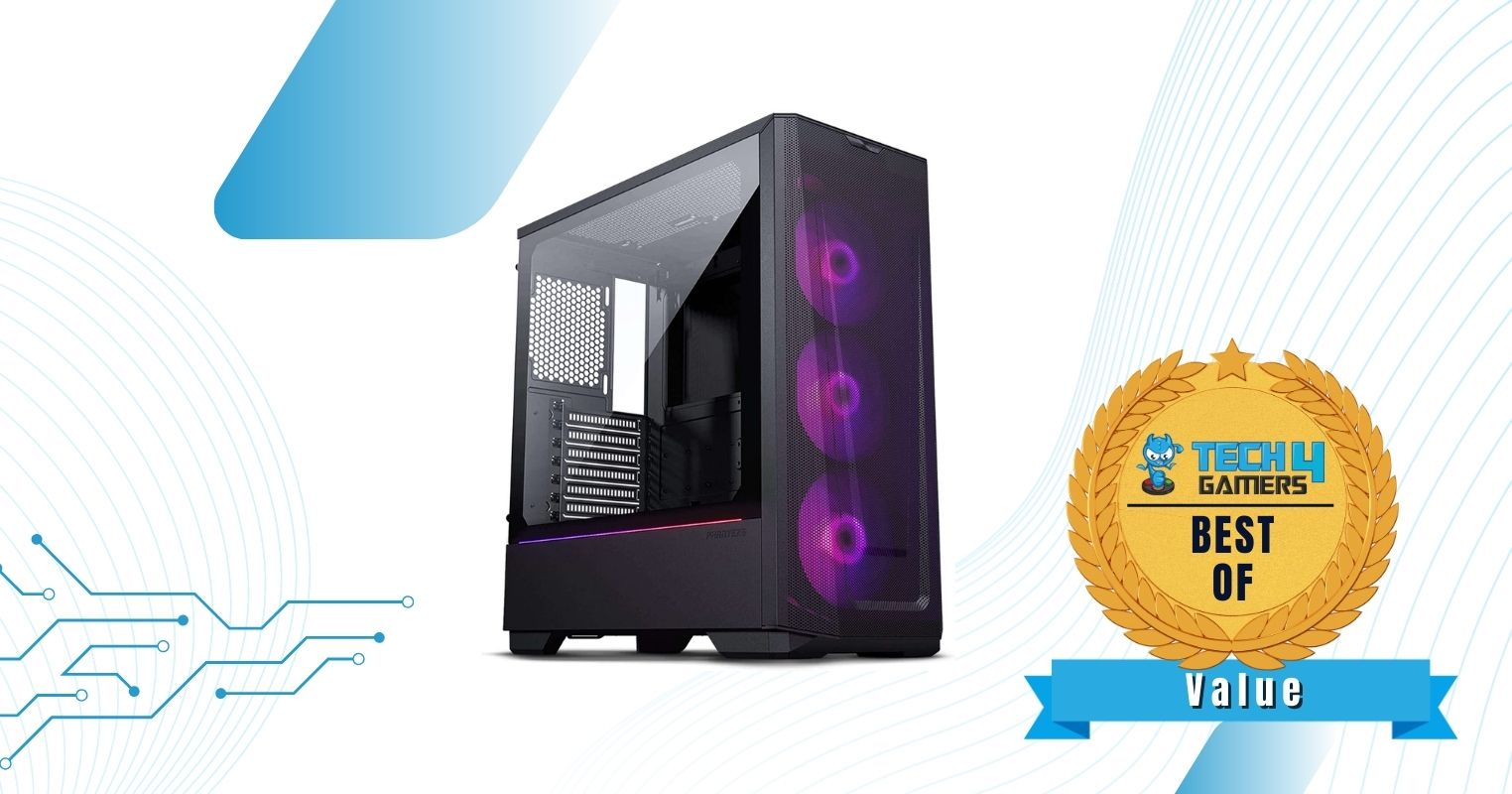
Specifications: Type: Mid-Tower ATX | Colors: Black and White | Motherboard Support: E-ATX, ATX, Micro-ATX, Mini-ITX | Dimensions: 455 x 200 x 465 mm | GPU Clearance: 400 mm | CPU Cooler Clearance: 162 mm | PSU Clearance: 220 mm | Ports: 2x USB 3.0 Type-A (5Gbps), 1x Audio-in, 1x Audio-out | Drive Bays: 4x 2.5-inch, 2x 3.5-inch | Included Fans: 3x 120mm fans – 3x 120mm fans( front)
Pros
- Cooling Support
- Ample Clearance
- Budget Friendly
Cons
- Limited I/O options on the front panel
- Poor cable management design
Aesthetics & Build Quality: The Phanteks Eclipse G360A shows a pleasing and practical design. Its large honeycomb-like front panel adds class to its overall look, and the tempered glass side panel elegantly displays all your components. I was also impressed by its build quality and found the case very durable.
Cooling Performance: Its three preinstalled 120mm fans, paired with its beautiful mesh front panel allow it to keep your PC temperatures in check with solid airflow. There is space for four more fans, and there is support for a 360mm radiator up top and in the front. The chassis kept things cool and whisper-quiet in my testing.
Features: For storage, the G360A can house up to two 3.5-inch and four 2.5-inch drives, with additional SSD mounts for expanded storage options. The CPU (162mm) and GPU (400mm) clearance is quite good, too. What I wasn’t fond of with the case is the insufficient front I/O and difficulties with cable management.
If you can push through the somewhat difficult cable management process, the G360A offers great value with great aesthetics and supports all the mainstream motherboard form factors.
– Faizan Ahmed
Buy It If
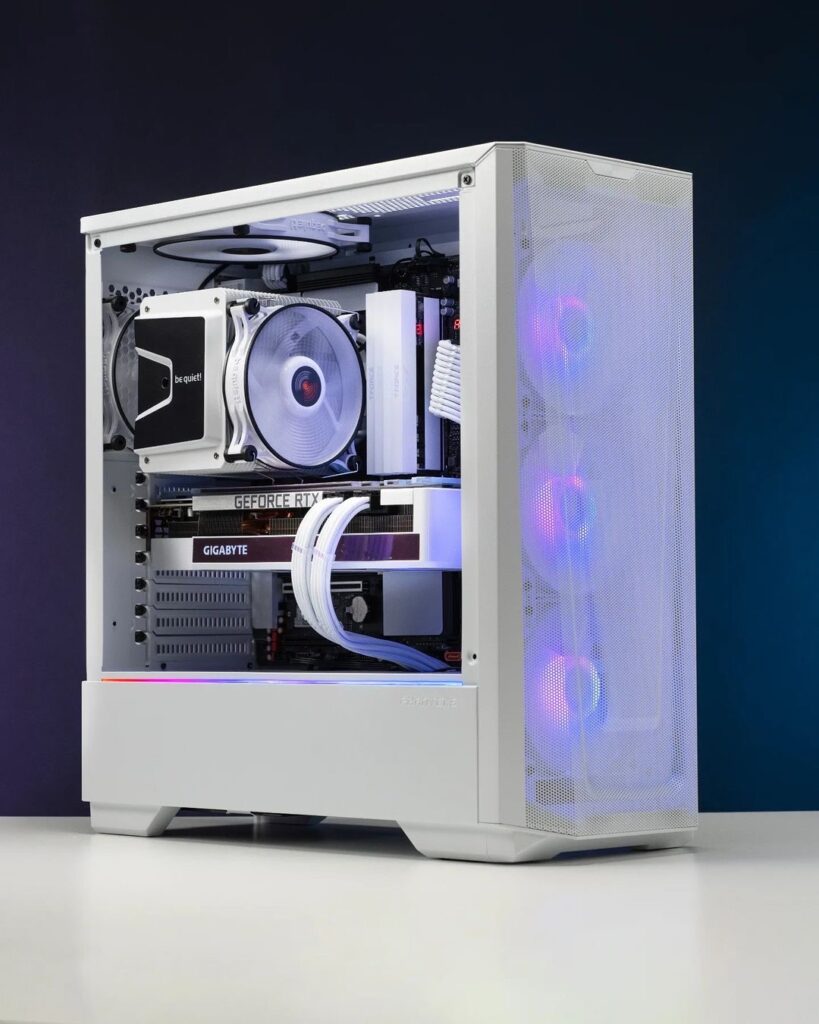
You’re seeking a budget-friendly option: The case comes at an affordable price and offers decent features and impressive airflow.
Don’t Buy It If
You find the front I/O insufficient: The front panel only features 2x USB 3.0 slots, audio/mic jack and a power button.
You want easy cable management: Its design makes cable management difficult, with narrow channels that are located on the backside of the motherboard tray.
What Makes It The Best Value Mid-Tower PC Case?
Overall, the Phankets Eclipse G360A is the Best Value Mid-Tower PC Case on the market, offering great features and functionality at an affordable price point. If you’re looking for a budget-friendly case with excellent cooling and storage options, I highly recommend this case.
| Connectivity: 8/10 | Value: 9/10 |
| Features: 8/10 | Design: 8/10 |
Lian Li O11 Dynamic EVO
Best White Mid-Tower PC Case
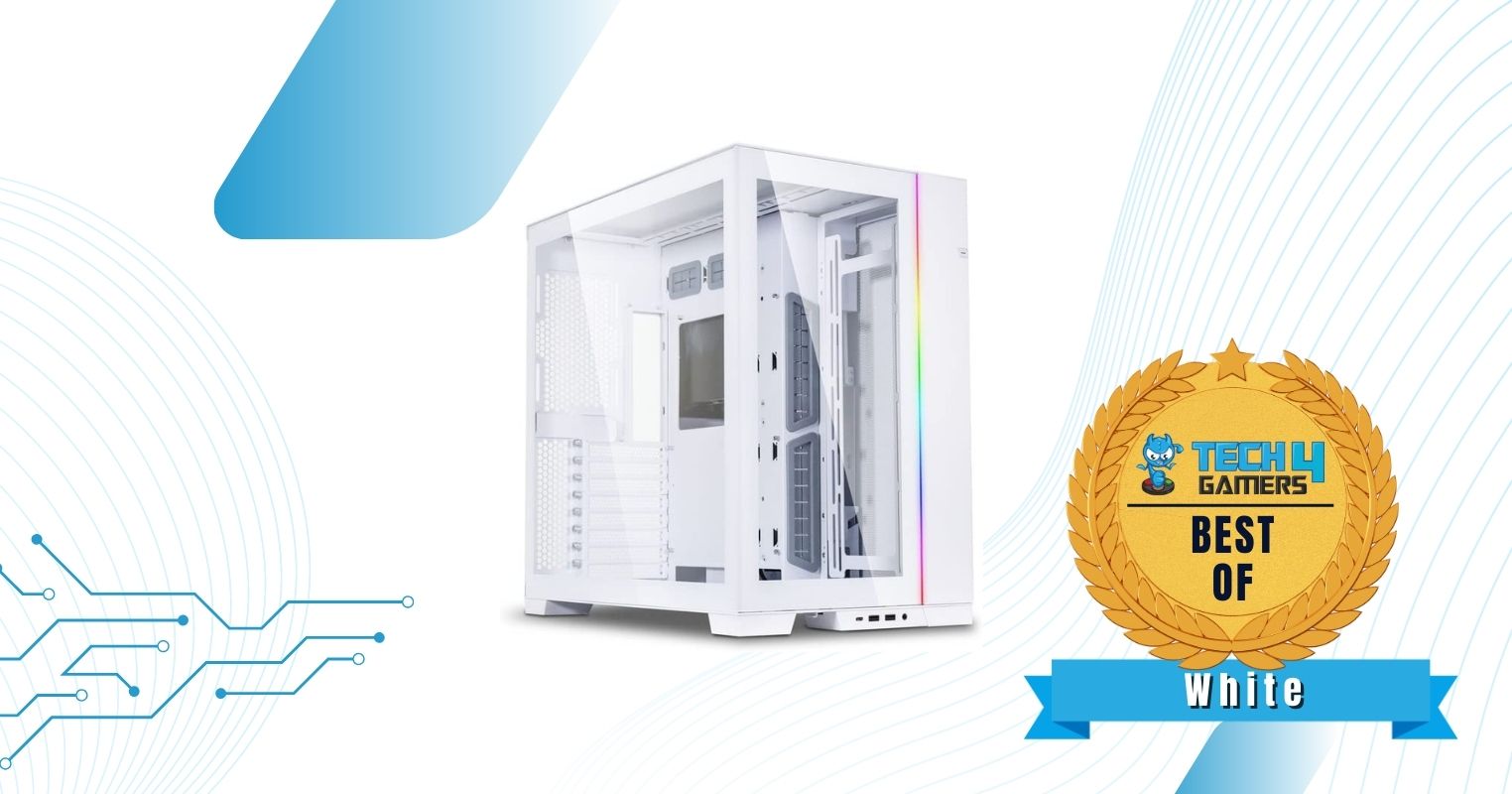
Specifications: Type: Mid-Tower ATX | Colors: Black and White | Motherboard Support: E-ATX, ATX, Micro-ATX, Mini-ITX | Dimensions: 465 x 285 x 459 mm | GPU Clearance: 426 mm | CPU Cooler Clearance: 167 mm | PSU Clearance: 220 mm | Ports: 1x USB Type-C, 2x USB 3.0, 1x USB 3.1 Type-C, 1x Audio-in, 1x Audio-out | Drive Bays: 11x 2.5-inch, 7x 3.5-inch | Included Fans: No included fans
Pros
- Ventilation System
- Effortless cable management
- Aesthetic White Appearance
Cons
- No included fans
Aesthetics & Build Quality: The Lian Li O11 Dynamic EVO shows a gorgeous dual-chamber design that looks modern and features tempered glass panels on both sides, plus a brushed aluminum front panel. Its steel body also shows one of the most durable build quality I have ever seen.
Cooling Performance: To start, the case has a great ventilation system, with the front panel having a mesh design featuring large air vents. It also supports up to 10x 120mm fans or 3x 360mm radiators. As expected, the chassis’ superb airflow design showed great performance as I stressed tested the components.
Features: Starting off, the front panel features a customizable RGB lighting strip. We also have 7x 3.5’’ drive bays and 11x 2.5’’ bays, plus a removable drive cage. The case’s back provides plenty of room for cable management, and the built-in cable management bar made it even easier for me to manage all the cables.
Buy It If
Check out some pics of the Lian Li O11 Dynamic XL from our review:
✅ You want effortless cable management: This PC case offers superb cable management, ensuring a tidy interior and better airflow.
✅ Good ventilation matters: With effective ventilation options, your components stay cool even during intense usage.
✅ You’re after an aesthetic white case: The visually appealing white design adds a sleek and modern touch to your setup.
Don’t Buy It If
❌ You want pre-installed fans: Lack of preinstalled fans means additional investment and setup time for cooling solutions.
What Makes It The Best White Mid-Tower PC Case?
The Lian Li LI PC-O11 Dynamic EVO is a great case that is sturdy in build and provides plenty of room for customization and expansion. Its sleek white design and storage options make it a top choice for gamers, enthusiasts, and anyone who wants a high-quality mid-tower case for their PC build, and so I selected it as the Best White Mid-Tower PC Case.
| Performance: 8/10 | Value: 7/10 |
| Features: 9.5/10 | Design: 9.5/10 |
MSI MAG Forge 100R
Best Budget Mid-Tower PC Case
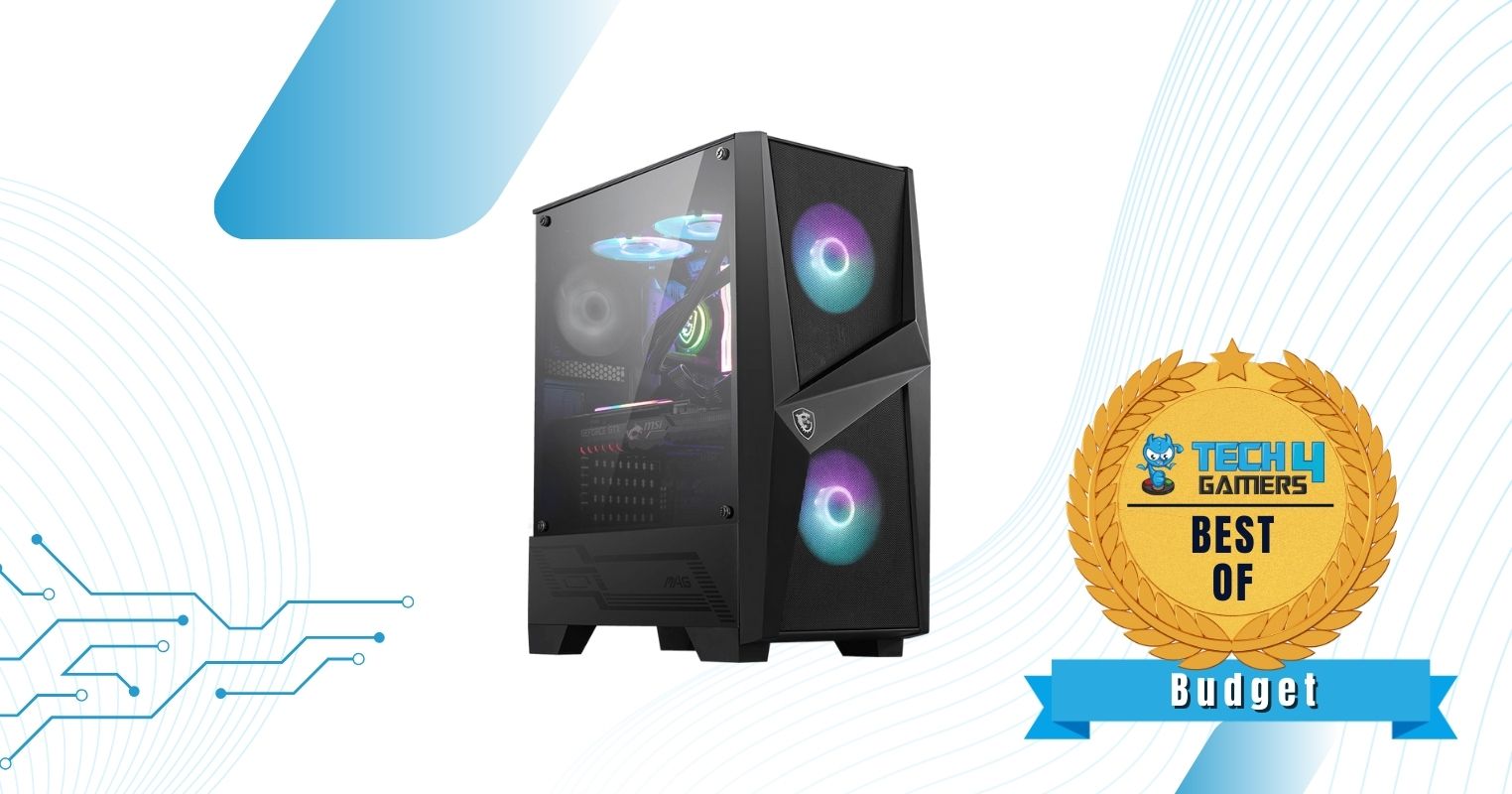
Specifications : Type: Mid-Tower ATX | Colors: Black and White | Motherboard Support: ATX / Micro-ATX / Mini-ITX | Dimensions: 478 x 229 x 494 mm | GPU Clearance: 330 mm | CPU Cooler Clearance: 160 mm | PSU Clearance: 200 mm | Ports: 2 x USB 3.2 Gen1 Type-A (5 Gbps), 1x Audio-out, 1x Audio-out | Drive Bays: 2x 3.5-inch, 3x 2.5-inch | Included Fans: 3x 120mm fans – 2x 120mm A-RGB fans ( front) and 1x 120mm fan (rear)
Pros
- Robust and unique design
- Economical
- A large PSU can be installed
- 4-pin PWM A-RGB fans
Cons
- Average build quality
- Tempered glass, not tinted
Aesthetics & Build Quality: Right off the bat, we get an angular front panel that resembles the fusion of two mini ITX cases into one mid-tower chassis. Parts of it are covered by plain plastic, while a mesh panel covers the intakes. With a glass side panel and two 120mm A-RGB fans, the chassis looked cool after I set it up, but I found the build quality lacking.
Cooling Performance: With its front meshes and two A-RGB fans, the airflow is good, but the lower fan’s intake is affected by the plastic cover due to the angular design. Other than the top, the front portion supports either two 120mm/140mm fans or a single 240mm radiator. As expected, the performance was good but nothing special.
Features: Internally, we get support for up to ATX motherboards and numerous cutouts for cable routing. It also features a hard drive cage capable of housing either two HDDs/three SSDs and extra mounting options for SSD installation. I especially liked the inclusion of a dust filter under the PSU and the LED button for cycling RGB lights.
Although the chassis’ design somewhat limits cooling for the second fan, it’s easy enough to keep mid-range builds cool and quiet.
– Faizan Ahmed
Buy It If
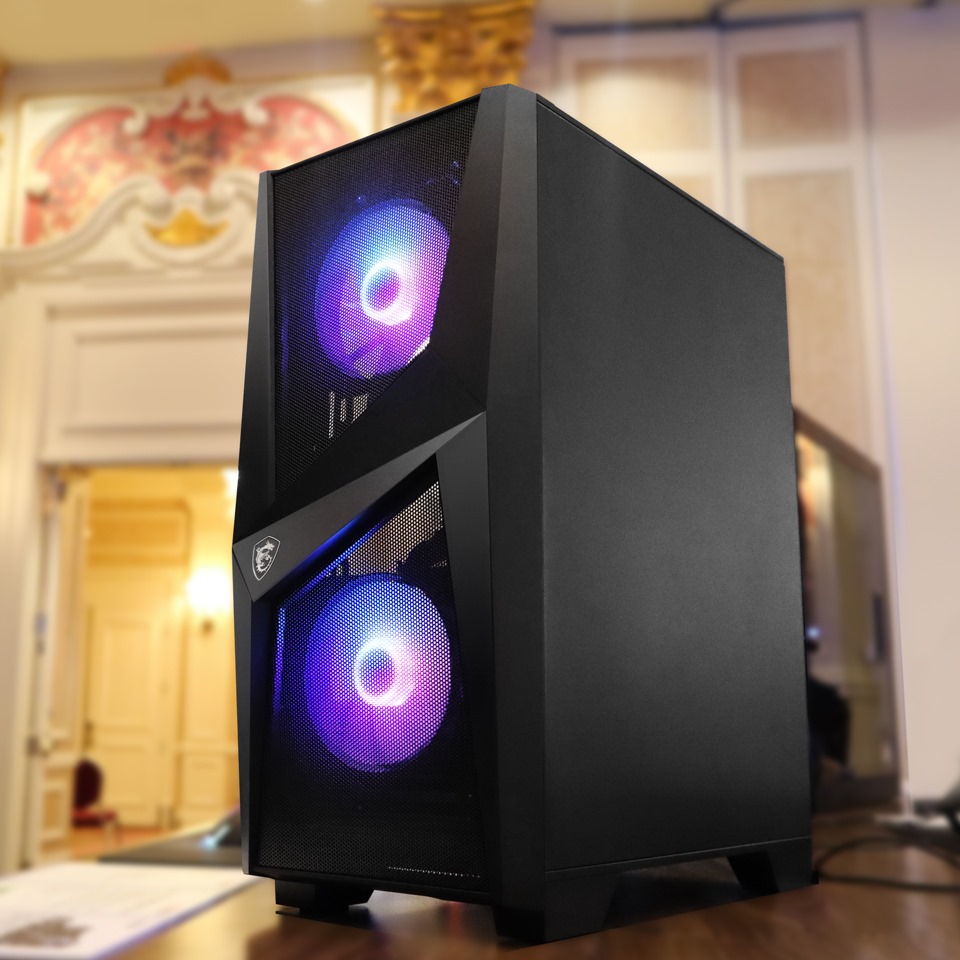
✅ Budget is tight: If you’re on a budget and are looking for an affordable mid-tower case with decent features, this is a great option.
Don’t Buy It If
❌ You want easier installation: The installation process of the tempered glass can be slightly risky because the glass has nothing to lock into, and you need to hold it by yourself unless you place two of the screws, or else it might fall and shatter.
What Makes It The Best Budget Mid-Tower PC Case?
The MSI MAG Forge 100R checks a lot of requirement boxes that many users desire to be checked – the design, the airflow aspect, the RGB fans, and the price. The stock fans are reasonably quiet at full speeds, and slowing them down makes them even better. Cable management is crucial for any case, and the MSI MAG Forge 100R handles it pretty well, all thanks to the several cutouts placed near one another. For all of these reasons and more, the MSI MAG Forge 100R made it into this list, specifically as the Best Budget Mid-Tower PC Case.
| Connectivity: 8/10 | Value: 9/10 |
| Features: 8/10 | Design: 8/10 |
How We Selected These Mid-Tower PC Cases
Here, at Tech4Gamers, we take a variety of factors into consideration with respect to a PC Casing’s overall evaluation and final rating/certification; you should also consider these factors whenever you’re buying a PC Case.
- Size: The types that you can choose from are Full Tower, Mid Tower, Micro-ITX, and Mini ITX, with Full Tower cases being the largest of the bunch and Mini ITX cases being the smallest form factor one can opt for.
- Compatibility and Clearance: Ensure it fits your components, with support for ATX motherboards, your CPU cooler’s height, and your GPU’s length. Check the number of drive mounts and hard drive cages for adequate storage options.
- Cooling and Airflow: The primary consideration in selecting a PC case is cooling capability. The number and placement of fans are crucial, with most cases featuring two to three pre-installed fans. Additionally, users often consider liquid cooling options, necessitating sufficient space for radiators.
- Aesthetics and Design: Companies strive to produce visually captivating mid-tower cases, often favoring minimalist designs. These cases often offer well-organized I/O ports, tidy cable management options, and discreetly placed cutouts. They typically sport a one-tone color theme with a smooth matte finish and subtle, diffused RGB lighting for a clean and elegant appearance.
FAQs
A mid tower PC case is a type of computer case that is designed to house ATX motherboards and is generally more compact than full tower cases, offering a good balance between size and expandability.
Recent Updates
- February 27: 2024: Further text changes to improve readability. No products were changed.
- June 14, 2023: Few text changes to improve readability. No products were changed.
Thank you! Please share your positive feedback. 🔋
How could we improve this post? Please Help us. 😔
[Casings & Motherboards Expert]
Faizan Ahmed is a Computer Hardware Specialist and professional writer covering all the ranges of different PC Casings alongside the latest Motherboards. He is the man to read when you’re buying a casing for your PC, need a Motherboard for your specific processor, or are concerned about the socket or CPU Cooler.
Having a keen eye for the details, his research includes the latest updates and technologies implemented in the sector and the quick response to approaching them ASAP. Before working on Tech4Gamers, Faizan has written immensely on freelancing platforms under the Tech niche, ranging from PC Components to different smart devices, software, and even Game Reviews and Guides.
He’s also written on websites like WhatIfGaming and Mondestuff. Faizan is an early PC gamer, and this prolonged interaction with the PC and Games has made him the perfect candidate for expressing his ideas and concepts in words for others in the community.
Get In Touch: faizan@tech4gamers.com


 Threads
Threads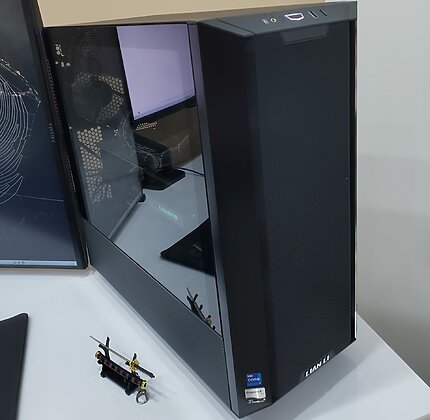
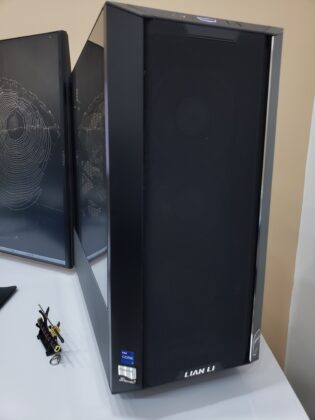
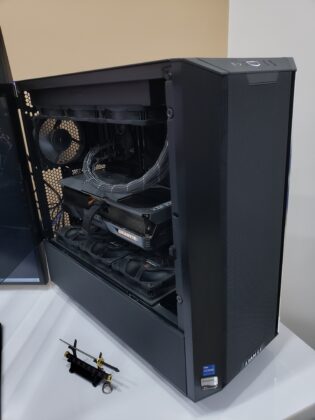
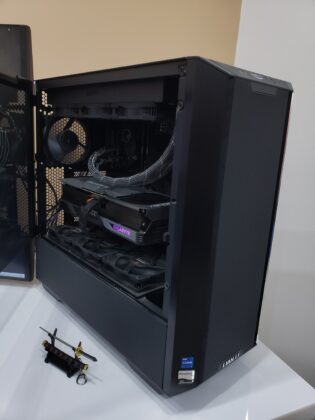
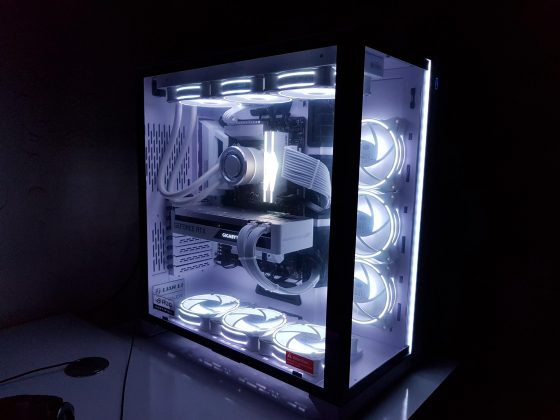
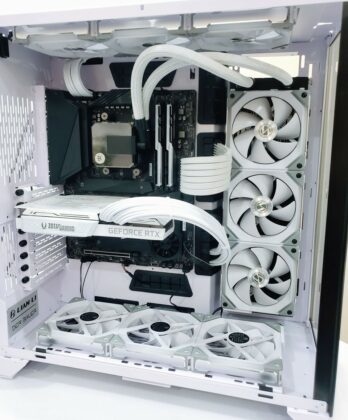
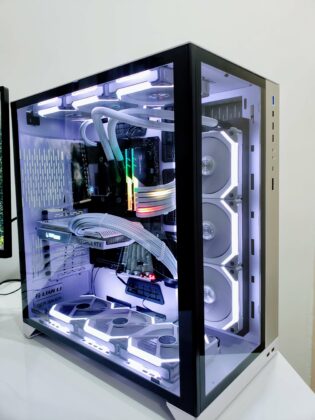
![5 BEST Open Air PC Case [High-End & Budget] Best Open Air PC Case](https://tech4gamers.com/wp-content/uploads/2023/08/Best-Open-Air-PC-Case-218x150.jpg)
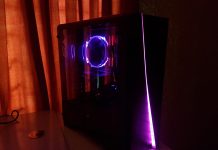
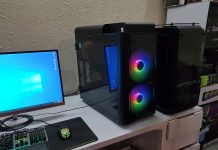

![Best PC Case Under $50 [Expert Choices] Best PC Case Under $50](https://tech4gamers.com/wp-content/uploads/2022/06/Best-PC-Case-Under-50-218x150.jpg)